*60-95% alcohol to be most effective in killing germs!
Always take note of the alcohol concentration specified on the product label which should be 60% or above. It can destroy proteins in micro-organisms and is therefore effective in killing germs. Yet, high concentration of over 95% alcohol will reduce its effectiveness as this speedily removes the water content of the micro-organisms and consequently, a protective layer is created, making it difficult to permeate into the micro-organisms again to destroy the proteins.
*Check for any emollient ingredients from product label
In addition to alcohol, some products also contain emollient ingredients such as glycerol and aloe etc. which help soothing dry skin. As the added contents are usually small in amount and not being used in high dosage each time, it is considered to be safe even leaving some residues on hands after the evaporation of alcohol. Another option will be applying hand cream to prevent skin from drying after sanitizing hands with alcohol.
*Cleaning and disinfectant products are governed by the “Consumer Goods Safety Ordinance”
Cleaning and disinfectant products (including hand sanitizers) are generally classified as consumer goods to which the “Consumer Goods Safety Ordinance” applies. According to the guidance notes on classification of pharmaceutical products issued by the Pharmacy and Poisons Board of Hong Kong, antiseptic and disinfectant products containing alcohol (including Ethyl alcohol or Isopropyl alcohol) are not classified as pharmaceutical products if they are not labelled for use on broken skin and do not make a medicinal claim. Nevertheless, those which are labelled with a medicinal claim as having the functions of treating or preventing disease in human beings may be classified as pharmaceutical products. If there is any doubt, consumers may also contact the Department of Health and provide the product details for enquiry.
*Hand care products without alcohol but can kill germs?
Some hand cream and lotion available on the market are not labelled with alcohol ingredient but claimed to have antiseptic or anti-bacterial functions. As some are presented by a code or even without labelling of ingredients, with such limited information, their effectiveness remains doubtful. The Council advised consumers to choose products with sufficient information and pay attention to the ingredients or manufacturers information before purchasing.


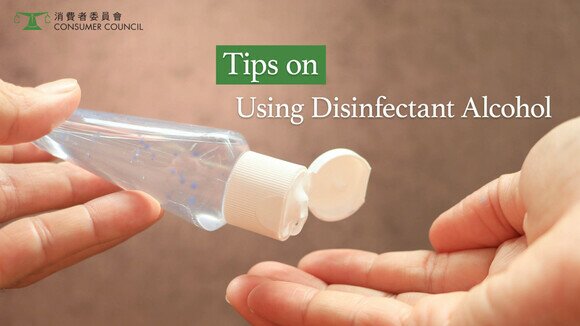
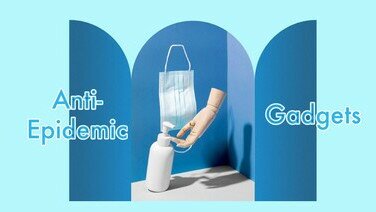
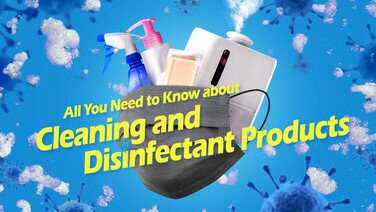



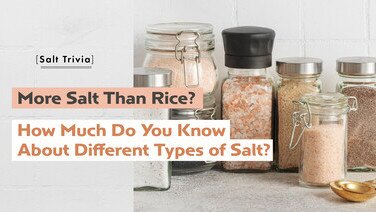
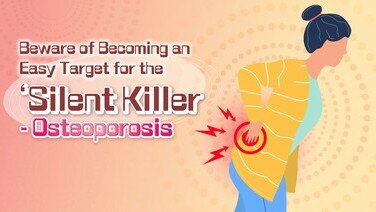
![[Handwashing Cold Knowledge] Debunking 4 common handwashing myths](/f/guide_detail/409326/376c212/43_4%E5%80%8B%E6%B4%97%E6%89%8B%E5%B8%B8%E8%A6%8B%E8%BF%B7%E6%80%9D_Eng.jpg)
